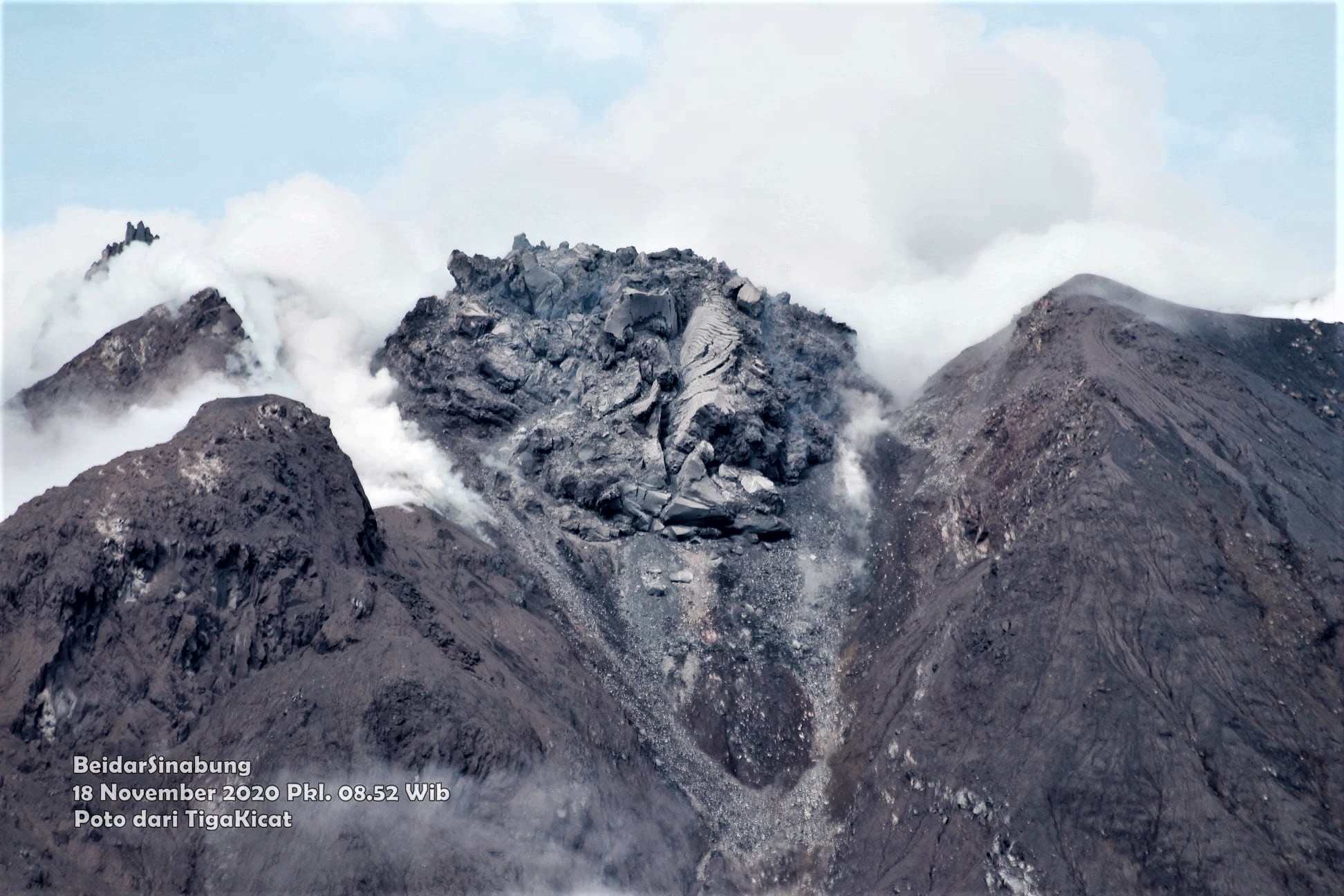November 22, 2020. EN . Italy : Stromboli , Indonesia : Sinabung , Chile : Villarica , Mexico : Popocatepetl .
November 22 , 2020 . Italy , Stromboli : PRESS RELEASE ON THE EXPLODED ACTIVITY OF NOVEMBER 21, 2020 h. 00:33 UTC (01:33 local time) - NEW MAJOR…

